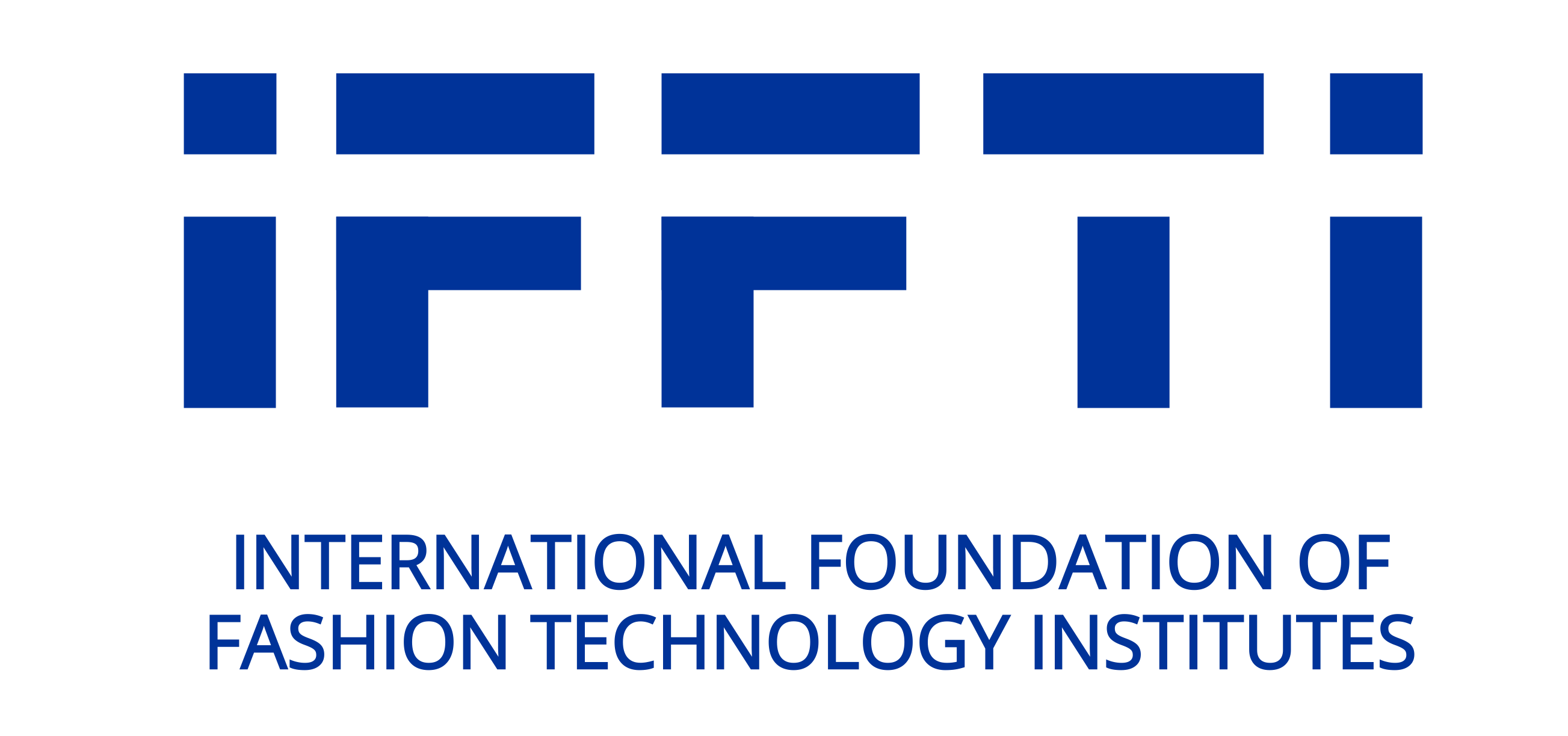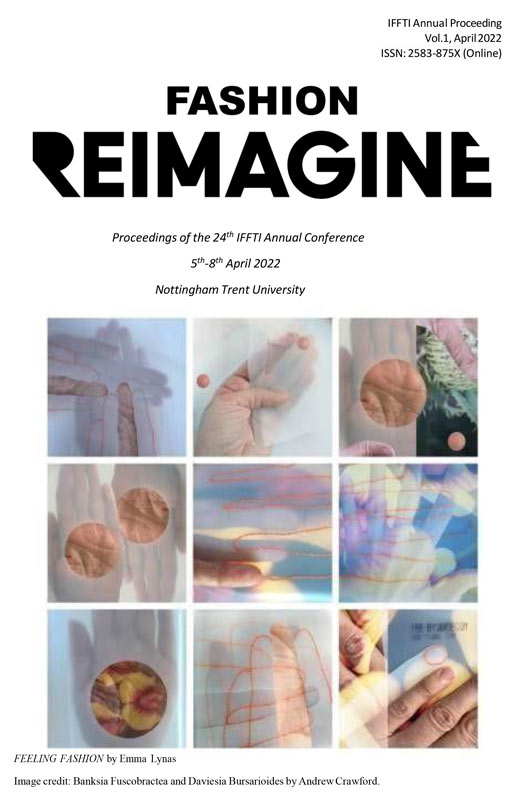INTRODUCTION
This year saw the conference return to a face-to-face format for the first time since 2019 and it was very good to meet old friends again as well as making new ones. However, many colleagues were unable to join us due to Covid19 travel restrictions so – also for the first time – we held the conference in a simultaneous online and offline mode. Whether delegates attended in person or on the Internet, they were able to view presentations in advance of and during the conference and to join in the discussions in real time or in summary sessions at the start and end of the day. Overall, 130 delegates attended the conference, of whom 48 were online. The conference theme was “Fashion Re-imagined”. When Covid 19 was changing certainties about fashion around the world, it seemed a good time to stand back and re-imagine what fashion is and could be. “Fashion Re-imagined” sought to re-interpret and re-wire an unsustainable fashion system, through new ways of working, thinking, and practising. We invited submissions under five subthemes: “Where is fashion?” recognised the importance of digital advances and the increasingly blurred boundaries between physical and digital fashion as well as the landscapes, places and spaces of fashion. “When is fashion?” spanned all aspects of time, space and place including histories of fashion and fashion culture, trends and forecasts.
The third theme, “Mediating fashion” was concerned with the increasingly complex ways in which products, brands, images, messages and stories are viewed, used and exchanged. “Doing fashion” challenged delegates to explore different contexts in which the practices of fashion take place: in education but also economic, social or self-realisation activities undertaken by individuals, enterprises and organisations. The final theme was “What is fashion?”, an invitation to re-imagine fashion systems and objects and to reflect on and provide critical, theoretical and philosophical insights into the state of fashion and its future possibilities at all levels of the fashion system For the first time, this IFFTI conference welcomed new types of submission. In addition to research papers and practice-based projects, we included development papers – working papers up to 2000 words in length – posters and in-session workshops that took place alongside the paper presentations. These formats were very well received and in these Proceedings we have included the submitted papers but also poster images, workshop Abstracts and selected practice-based research images.
Although the details of the panel discussion and keynote presentations are not included here, it’s appropriate to recognise the breadth of the re-imagining of fashion at the conference.
“African fashion” was a new panel discussion in which Akosua Amankwah and Alberta St.John-Jamesfrom KNUST Kumasi, Ghana, joined Anne Pierson-Smith from NTU to discuss developments in fashion design, production and consumption in Africa. IFFTI will introduce a new category of membership, ‘Outreach’ for applicant institutions from around the world and we look forward to welcoming KNUST as the first new member.
The organisers were pleased to host Keynote speakers on both the full days of the conference and this enabled us to explore different aspects of fashion. Sports and athleisure have become an essential fashion element and two of our speakers, Jack Richardson from Canterbury Sports and Tom Waller at Adidas provided contrasting views on the value of this sector and its appeal to fashion consumers. From design practice, Grace Wales-Bonner, an award-winning British designer, presented her unique hybrid European and Afro-Atlantic contribution to contemporary fashion. Turning to fashion manufacturing, John Smedley are distinguished by the continuity of their knitwear production from their factory since 1784. Tim Clarke and JaneMiddleton-Smith presented a history of knitwear manufacturing and the company’s current focus on high quality cotton and wool shirts and pullovers. By contrast, Professor Tilak Dias presented the latest developments in smart textiles from the Advanced Textiles Research Group at Nottingham Trent University. These were recorded and will be made available to delegates through a separate channel.
In re-imagining fashion the conference demonstrated the extent and depth of research, practice and education in the field. It is clear that IFFTI members uniquely provide world leading insights into all these dimensions of fashion. Where other conferences and meetings can only focus on one or two aspects of fashion, the IFFTI conference is an exceptional meeting place to share ideas, practices and thinking, a place where research informs education, fashion education itself can be explored and design and creativity have a central place in our discussions.
Amanda Briggs- Goode and Tony Kent
Conference organizers

